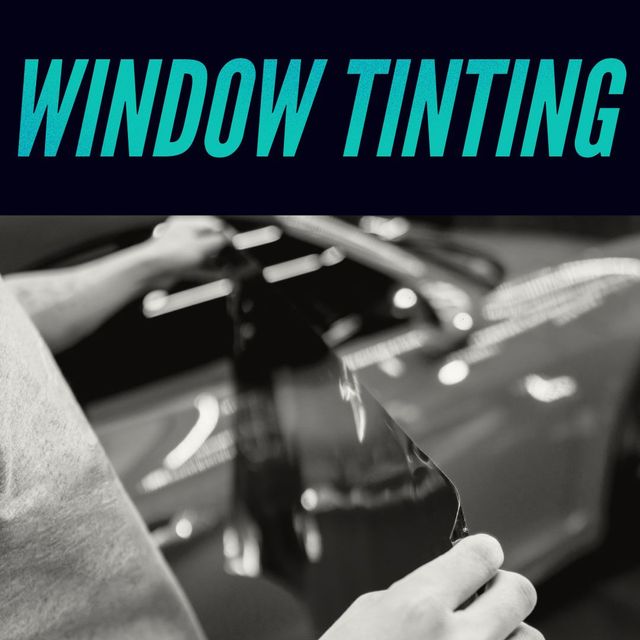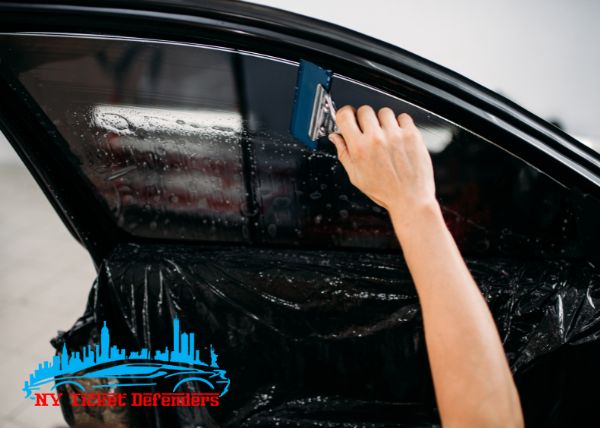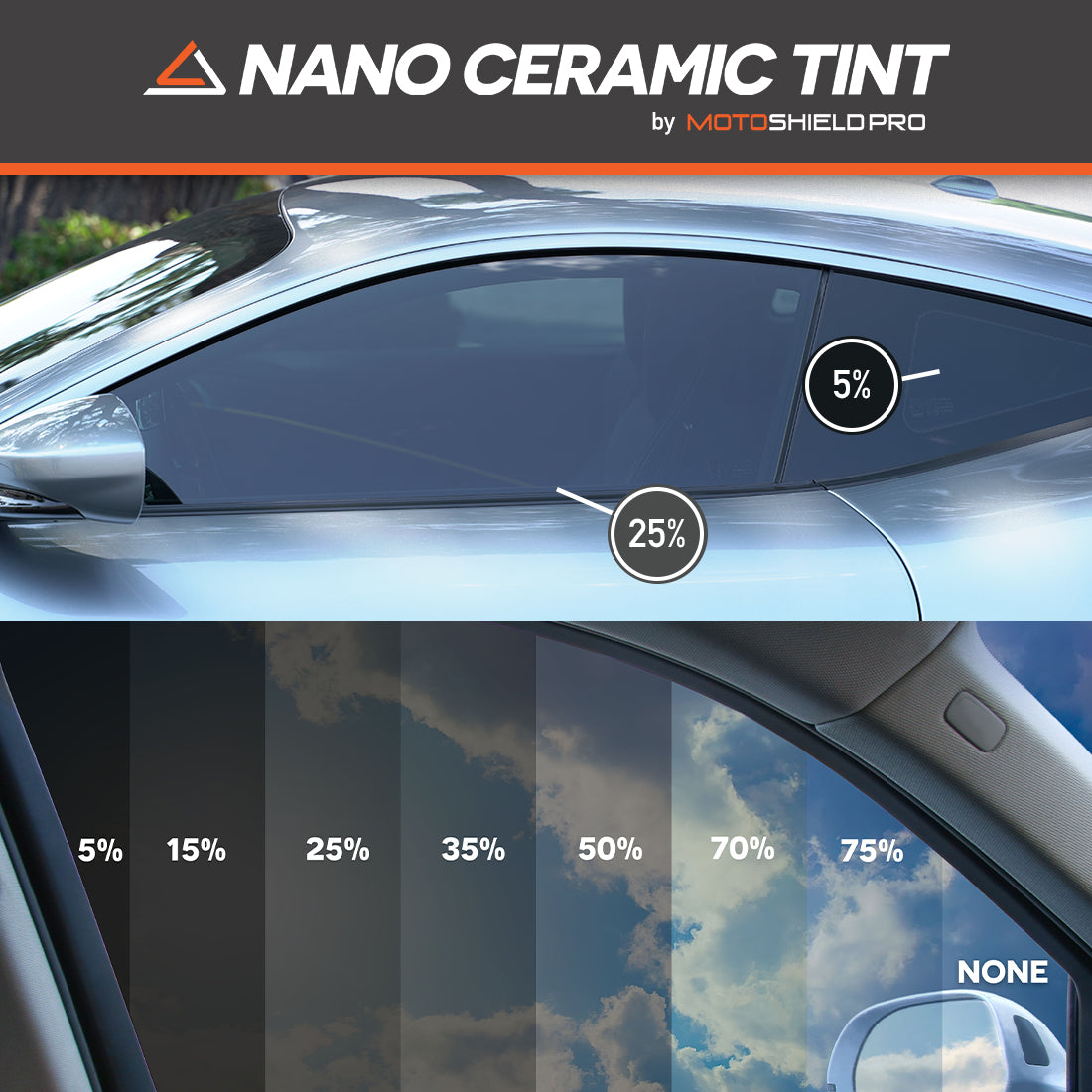Discover the Benefits of UV Protection with Automobile Window Tinting
Discover the Benefits of UV Protection with Automobile Window Tinting
Blog Article
Home Window Tinting Laws and Guidelines: What You Need to Know Prior To Tinting Your Automobile
Prior to proceeding with window tinting for your automobile, it is important to acquaint on your own with the diverse regulations and standards that control this technique throughout various states. These policies determine the acceptable levels of tint darkness, usually measured by visible light transmission (VLT) percentages, and consist of specific terms for front windshields intended at making certain road security.
Review of Window Tinting Regulations
Home window tinting legislations are regularly subject to variation throughout various territories, reflecting regional guidelines and safety and security considerations. These legislations determine the permitted levels of color darkness and reflectiveness on vehicle home windows, making sure that vehicle drivers maintain adequate presence while additionally protecting against damaging UV rays and warmth.
The majority of regulations categorize window tinting based on the Visible Light Transmission (VLT) percent, which shows the amount of light that can go through the window. Normally, lower VLT portions symbolize darker tints. Legislations typically separate in between the front, side, and rear windows, with stricter limitations put on the front windshield to enhance safety and security for both the driver and other roadway customers.
Compliance with home window tinting policies is crucial, as infractions can result in fines, compulsory removal of the tint, and prospective rises in insurance policy costs. It is important for lorry owners to acquaint themselves with neighborhood legislations prior to continuing with window tinting installations.
State-by-State Tint Regulations
Recognizing the details window tinting guidelines in each state is crucial for vehicle owners seeking to adhere to the regulation. Each state in the united state has actually established its own collection of rules controling window tinting, which can vary dramatically. These laws often determine the allowed degrees of tint darkness, the kinds of home windows that can be tinted, and any type of clinical exceptions that may use.
For circumstances, states like California have stringent limitations on color darkness for front windows, while others, such as New Mexico, might enable darker colors. Furthermore, particular states mandate certain presence percentages for various windows, consisting of the windscreen, front side home windows, and back windows. It is important for cars and truck owners to acquaint themselves with their state's legislations to avoid possible penalties or charges.
Additionally, some states may require a qualification sticker to be positioned on tinted windows, showing conformity with state legislations. Failing to abide by these laws not only runs the risk of lawful effects yet can likewise affect safety and security and visibility while driving. Consequently, vehicle owners should conduct detailed study or consult local authorities to make sure complete understanding and conformity with state-by-state color laws.
Allowed Color Degrees and Types
Lots of vehicle proprietors may be amazed to learn that enabled tint levels and kinds vary widely across different states. Each state has actually developed its own policies relating to the permitted darkness and reflectivity of home window color, usually gauged by Visible Light Transmission (VLT) portions. VLT refers to the quantity of light that can travel through the tinted home windows; thus, a lower portion shows a darker tint.

In addition, the sorts of tint materials permitted can differ, with some states forbiding mirror-like or metallic coatings. It is vital for car owners to acquaint themselves with their state's particular laws to ensure conformity. Non-compliance can lead to penalties, required removal of the color, or various other lawful effects, making it essential to understand these guidelines prior to continuing with installation.
Medical Exceptions for Tinting
While not all states give allocations for clinical exceptions relating to window tinting, those that do identify the necessity for details individuals to boost exposure and convenience due to clinical conditions. Different clinical problems, such as lupus, skin cancer, and specific eye disorders, can make people specifically conscious sunshine. These people might require darker colors to protect themselves from unsafe UV rays and glare.

It is necessary to keep in mind that even with a medical exception, there may still be limitations on the level of color allowed. Conformity with state regulations guarantees that people are both protected and within legal restrictions. Those considering medical exceptions ought to call their local Division of Electric motor Vehicles or comparable authority to comprehend the needs and procedures essential to look for an exemption successfully.
Fines for Non-Compliance
Failing to abide by home window tinting laws can bring about substantial charges, which vary by state. Legislation enforcement companies investigate this site are encouraged to release citations for vehicles that do not abide by the specified tinting guidelines. These fines typically include fines, which can vary from small total up to numerous hundred bucks, depending on the seriousness of the violation and the state in concern.
In some jurisdictions, repeated offenses may result in escalating fines or additional penalties, such as compulsory court looks. Non-compliance might demand the elimination of unlawful tinting, typically at the proprietor's expenditure. In severe situations, habitual culprits may face suspension of their vehicle enrollment up until compliance is accomplished.
Furthermore, insurance implications might arise from receiving numerous citations for home window tint violations. Insurance firms might watch such violations as a sign of riskier habits, potentially causing increased premiums or difficulty in insurance coverage.
To stay clear of these penalties, read this it is critical for lorry proprietors to familiarize themselves with their neighborhood home window tinting legislations and ensure that their car complies (Window Tinting). This proactive method not just prevents lawful implications but additionally promotes roadway security
Conclusion

Many guidelines categorize window tinting based on the Visible Light Transmission (VLT) portion, which suggests the quantity of light that can pass through the window. Compliance with window tinting policies is vital, as infractions can result in fines, mandatory elimination of the color, and prospective rises in insurance costs.Recognizing the particular home window tinting laws in each state is important for lorry owners seeking to comply with the law. These regulations commonly determine the allowable levels of tint darkness, the kinds of home windows that can be tinted, and any medical exemptions that may apply.
For instance, states like California have rigorous constraints on color darkness for front home windows, while others, such as New Mexico, might enable darker tints.
Report this page